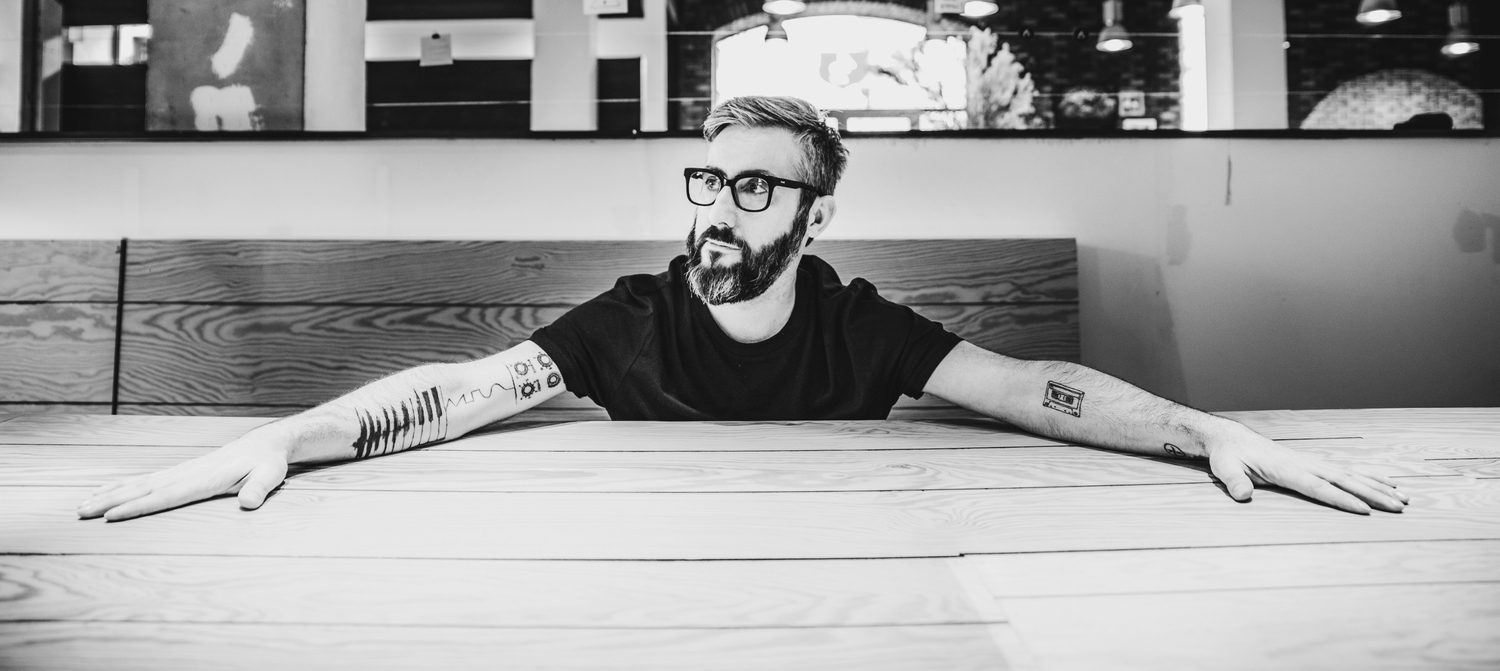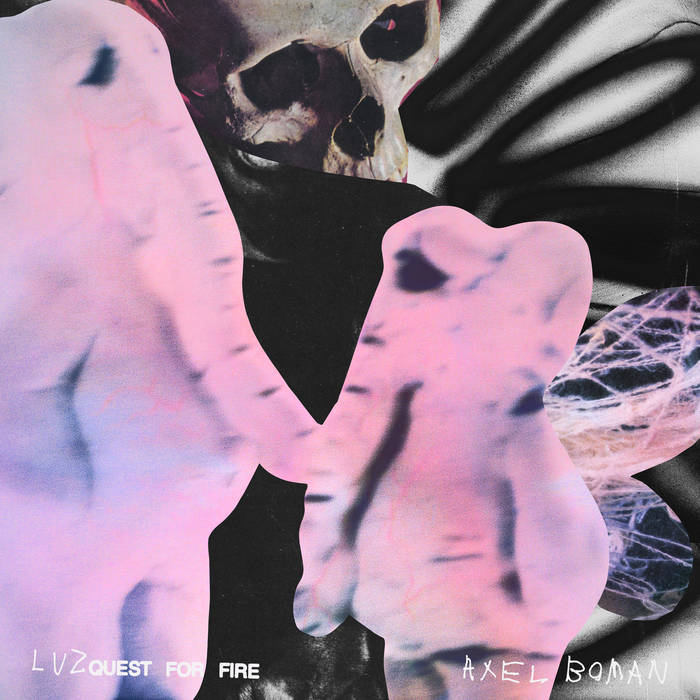Bendik Giske queers the saxophone on the beguiling new album, ‘Cracks’
Image: Smalltown Supersound
In his seminal work Cruising Utopia: The Then and There of Queer Futurity, the queer theorist José Esteban Muñoz examines queerness as a mode of futurity, distinguishing it from heteronormative futurity as defined by the drive to reproduce and suggesting that rather, queer futurity is concerned with the evolution of socio-cultural practice. For Muñoz, queerness holds the power of potentiality by way of imagining utopias; be it in nightclubs or in the way one adorns the body, queerness is always in a state of looking towards. That is, beyond the now and into a future that may be possible to imagine but may never quite manifest. Understanding this is essential to understanding what Norwegian artist and saxophonist Bendik Giske does on his sophomore effort, Cracks. On this album, Giske straddles the space of potentialities by attempting to make the saxophone alien, liminal and unlike anything it’s sounded as before. Steeped in inspiration from the work of queer theorists such as Muñoz and an investigation into the queer body itself by way of his instrument, Giske undertakes a remarkable exercise into what is for him, “corporeal states and divergent behaviours.”
Considering the saxophone as an instrument, it’s re-contextualisation as a tool for queer subversion doesn’t feel completely out of place. A curved wind instrument that requires oral dexterity to master and associated with sensuality, vibrancy and gusto, the saxophone is a sort of campy symbol for desire. Taking its history into consideration, Giske utilises the sax in ways that deconstructs and reshapes its image and sound toward his own imaginings of queer desire. Working in collaboration with producer André Bratten, they mic Batten’s entire studio to create textured and immersive soundscapes informed by electronic ambience and field recording. Giske’s transcendental playing of the sax takes inspiration from the motifs of forms such as techno, and explores the body by way of disembodiment. Often its sounds hang in the air, singular and resonant, while other times it pulses like a 4/4 beat. Flutter opens the album with dynamic, wing-beat like percussion that is echoed by his saxophone, its stuttering wane piercing through precariously before swelling into a breathy aria. On Void, it moans and chugs like a monstrous baseline and then morphs into an impassioned screech. In many ways, the saxophone is given a voice by Giske. Cruising, which forms the centre piece of Cracks, is a ten minute journey led by the sax mimicking the utterances of the human voice as it delves into the experience of queer desire and libidinal solicitation. Like the act of cruising itself, the track follows a linear through line. Beginning with blooming curiosity, his saxophone moves through passages of building tension before exploding in a wailing climax that interpolates the tonality of moaning. The aftermath, Cracks, is subsequently devoid of the sax’s voice entirely. It takes the form of an electronic ambient phrase, a singular void that is bursting with both vulnerability and quiet reflection.
Over the course of its four tracks, Cracks opens you to a world of potential meaning making. It rewrites the vocabulary of Giske’s instrument in his own language, an alternative tongue which looks to place the non-hetero, non-normative body as its point of focus. Cracks is a suitably hypnotic, strangely ethereal experience. The album attempts to formulate for this body a potential history of desire and utterances by way of a historic instrument, transporting you through both anecdotal snapshots and vivid utopian ideations.
Cracks is released via Smalltown Supersound. Download it here, and watch the music video for Flutter directed by Kiani del Valle and performed by Bendik Giske below.
Follow Bendik Giske
Facebook | Twitter | Instagram | SoundCloud



